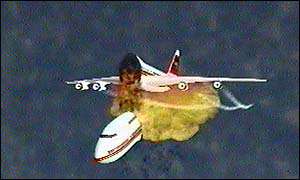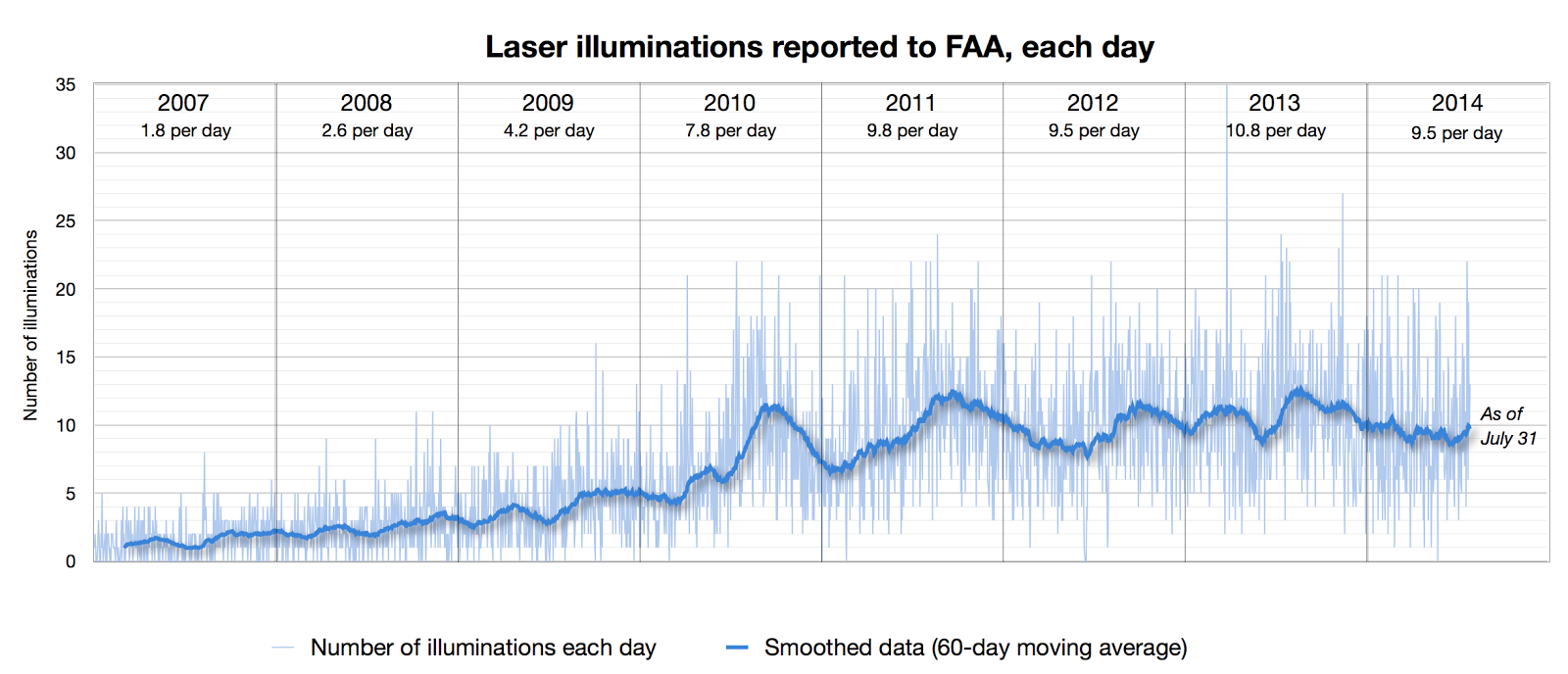 Writing from Canberra -- How many times can investigators slice and dice the electronic back and forth between the missing Malaysia Flight 370 and the inmarsatsatellite system and keep coming up with new details about what might have happened? Well every time someone tells me that sponge has been wrung dry, another new fact-let emerges.
Writing from Canberra -- How many times can investigators slice and dice the electronic back and forth between the missing Malaysia Flight 370 and the inmarsatsatellite system and keep coming up with new details about what might have happened? Well every time someone tells me that sponge has been wrung dry, another new fact-let emerges.A comparison of the seven distinct communication exchanges on March 8th 2014, indicates that MH-370 still had fuel at 8:11am Malaysia time, seven-and-a-half hours from the time the plane took off from Kuala Lumpur. This is interesting considering that the airplane, loaded with 49,100 kilos or 10,8246.97 pounds of fuel for its flight to Beijing had only an estimated 7.2 hours of flying time. (And has always made incredible, the claims by some reporters that the plane engaged in high climbs and steep descents and radar evading.)
The plane was likely cruising on auto-pilot on a reasonably straight track based on the analysis of the first six transmissions between the Boeing 777 and the inmarsat satellite after the plane went nordo.
What’s different about the 7th and final ping, is that it was not an “I’m here, I’m on,” communication but rather an attempt by the airplane to log back into the system, which means it followed an interruption in power on the airplane and tells the investigators that this is the point where the plane ran out of fuel.
“What we do know with a reasonable degree of confidence is that the time of the final handshake (this log on attempt) the aircraft was descending,” Martin Dolan, chief commissioner of the Australian Transport Safety Bureau told me in an interview in his office in Canberra on Tuesday.
"It runs out of fuel, it’s been at cruise, that’s the assumption," Dolan said. Did both engines stop running at the same time or did one precede the other? The so-far unknowable answer to that question has big consequences for where the jet wound up in the ocean.
“The behavior of the aircraft is different if it’s simultaneous; you’re likely to get a glide for some period of time. If it’s one (engine at a time) you’ll get a fairly quick stall," Dolan explained.
Whether the plane glided smoothly, was airborne for a while, if it entered the water slowly, these are follow up questions for a simultaneous loss of fuel on both engines. Losing fuel on one engine at a time could cause an entirely different crash scenario; a rapid loss of control, a messy impact and could include the possibility that wreckage might be behind the area where the plane hits the water. "Most of the international research says that if you have a loss of control, which is the most likely scenario, than you’ll find it within 15 nautical miles of the route, of the last known point," Dolan said.
In a case in which every little shard of information can cause a massive readjustment of complicated computer models, creating a newer-better search zone now means working with about 1000 probable scenarios.
 |
| Searching the Indian Ocean Photo courtesy JACC |
On Thursday, the ATSB is going to reveal to eager reporters the product of all that scenario crunching, with the parameters of a new search field detailed. But don't expect any dramatic shrinking. The new area is expected to be about 60,000 square kilometers, (37,282 square miles) roughly the size of Indiana.
“This is the best analysis we can do with the information available to us,” Dolan said at the end of our time together, reminding me and everyone else, “there is no guarantee of success.”
“But what we said is we want an area that’s practicably searchable within about a year with the right levels of resources - sixty thousand square kilometers, is it.”



















































